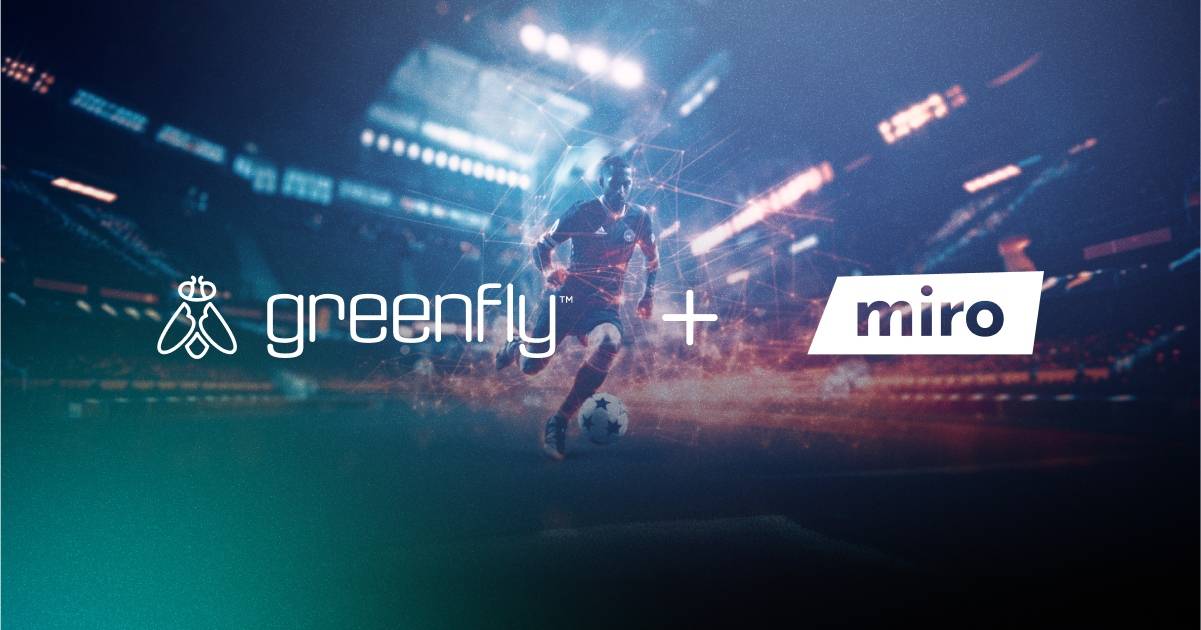In the beginning, nine years ago, Greenfly was about facilitating individual interactions and solicitations of content. This created indelible moments, viewed hundreds of millions of times. LeBron James announcing his lifetime deal with Nike with a tour of his shoe closet. Serena Williams interviewing her coaches on her iPhone. UFC fighters emotionally reacting to Muhammad Ali’s passing moments after the news hit.
Over time, Greenfly began to evolve, and that evolution was toward scale. We realized that creating content and communication channels between athletes and leagues and teams and sponsors and broadcast partners opened incredible opportunities to not only solicit content, but to distribute content through those same channels as well, and to capture content in volume by professional staff.
Soon, the volume of content being captured, organized, distributed, and published via Greenfly started growing exponentially, into the millions of photos and videos, each year more than the cumulative total of all years that preceded it. Content on Greenfly now flows through tens of thousands of distribution points, touching every corner of the globe and seen by billions.
As we began connecting one content source after another to Greenfly, we focused on ways that we could automate distribution of content, so that different users could access relevant, curated feeds. How could we automate the movement of millions of pieces of content so that every athlete, when he or she stepped off the field or the pitch or the court, could immediately find, access, and use content from the event that occurred minutes before alongside relevant content from years earlier?
The answer, of course, was the development of curation algorithms–routing rules–powered by metadata. But the quality of curation turned on the quality of the metadata. When that quality was high–the rich tagging of a Getty Images photo, for example–curation was awesome. But what about sources of content without good metadata, like many DAMs that we connected? And what about all the original content that was being created and uploaded from on the ground using Greenfly’s mobile tools? We built out an excellent tagging system, which helped a lot, but still did not provide the experience we wanted for high-stress, high-volume, high-performance events.
And so, years ago, we started looking at AI solutions to help power automated curation. We found that off-the-shelf tools like facial recognition were getting much better. But they still left a lot to be desired for sports content–ineffectual for helmet sports like American football, over-tagging irrelevant people in the background of a shot, often making mistakes, and barely functioning for video, increasingly the primary content focus of our partners. Most importantly, other systems we looked at were unable to interpret an image or video in a way that worked for sports, to say what was going on in that image or video, to provide contextual analysis.
And then we discovered Miro AI.
I’ve generally learned that in sports, when it came to image and video AI analysis, either companies relied upon out-of-the-box tools and fell well short of their claims. Or they used Miro AI.
Miro was a company that had not only set out to solve the hardest problems that we needed to solve, but had figured out ingenious solutions and creative approaches, refined and targeted precisely for sports. As we started working with them and incorporating their technology, we were blown away by how well it worked, how quickly it advanced, and how well it was designed. And, perhaps most importantly, we were blown away by the quality of the team. Taylor, Jaime, and Evan had built something truly special, a close-knit group who loved working together, who collaborated seamlessly with decency and generosity, and who brought a spirit of pragmatic and joyful problem-solving to everything they did.
In short, the perfect team to blend with our own.
This is a big moment for Greenfly. I’ll always remember the best compliment I’ve ever received, from one of our partners in the Green Room before a panel. He said, “The difference between Greenfly and everything else is that you do everything you say you’re going to do, and it all just works.” We believe that the quality of our technology is the heart of all of our success. We couldn’t be prouder of what we’ve built over almost a decade. And that incredible platform takes a major step forward with this merger, and we can’t wait to bring even more value to our current and future partners.
Miro is the latest of a series of big moves by Greenfly–including senior leadership hires and international expansion. We’ve had a remarkable stretch, and we’re signing up for more. And Miro’s unique, powerful AI technology will help us continue to perfectly balance scale with curation and deliver a terrific experience to the tens of thousands of users who rely upon our platform every day to help tell their stories.


